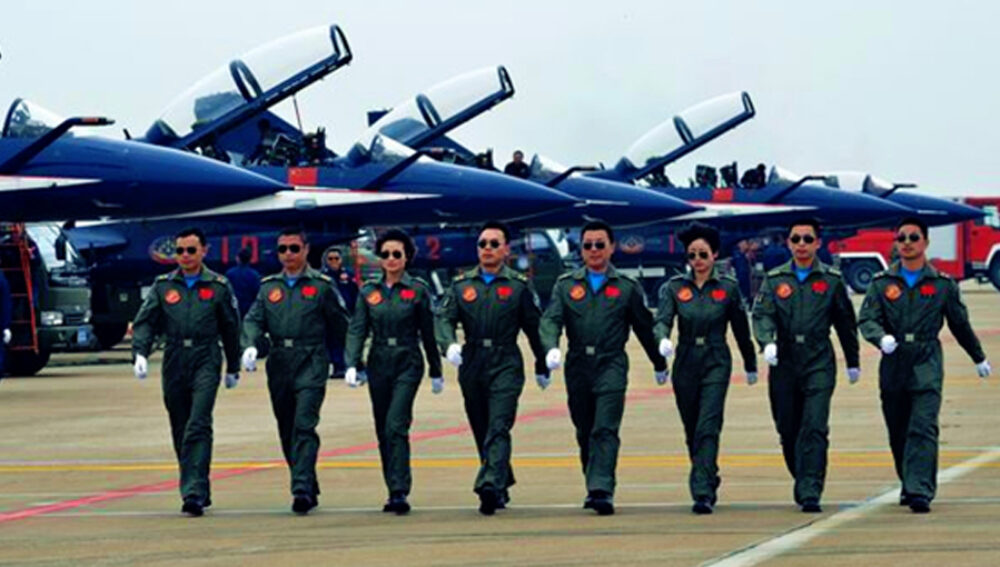Peter Layton’s series on other peoples’ air power has included an examination of Islamic State’s use of unmanned aircraft and the employment of air power in the Ukraine campaign. In this third post, Dr Layton considers the varied influences on China’s approach to air power and it’s focus on multi-domain ‘firepower warfare’.
In late October President Xi Jinping’s “Thought on socialism with Chinese characteristics for a new era” was written into the Chinese Communist Party’s Constitution. In some respects Chinese air power follows a similar dictum. Ideas from beyond China are considered, modified and adapted to meet Chinese needs.
In this, the People’s Liberation Army Air Force (PLAAF) long-term development owes much to Soviet and later Russian support, doctrine and arms sales. In some decades though such assistance has vanished initially through ideological differences and more lately over fighter aircraft intellectual property theft (the J-11 saga). In these periods, the PLAAF has needed to develop primarily using indigenous resources and in broad terms, this is where the Service finds itself today – albeit a contract for 24 Su-35s was signed with Russia in November 2015 with deliveries now underway.
Having only limited access to the latest technical innovations within the global arms market puts the Chinese military aerospace industry and its PLAAF customer at some disadvantage. Even the US finds being able to obtain foreign advanced technology important in the design and manufacture of new aircraft – the F-35 being the latest example. China’s isolation is however eased somewhat by access to global commercial aviation developments and by cyber espionage.
Please click here to read the full “Other peoples’ air power: Air power with Chinese characteristics” article published at The Central Blue, written by Griffith Asia Institute Visiting Fellow, Dr Peter Layton.








